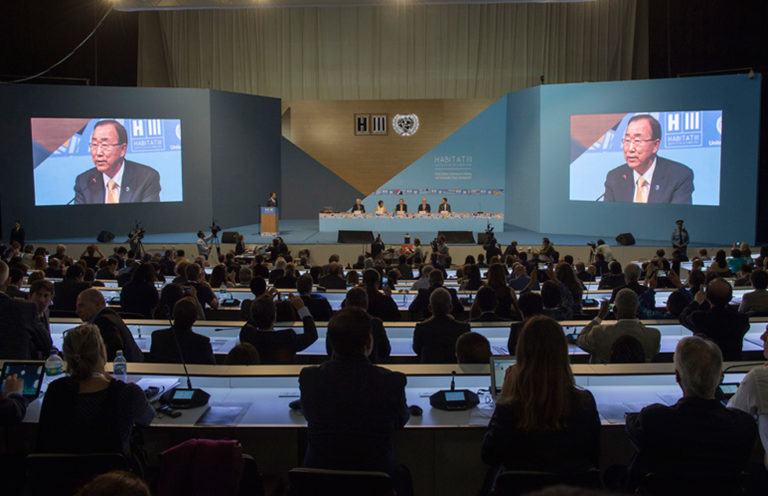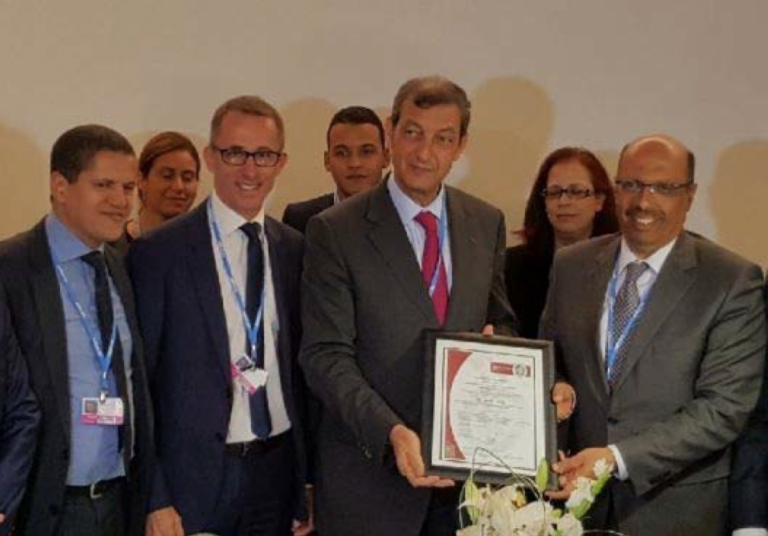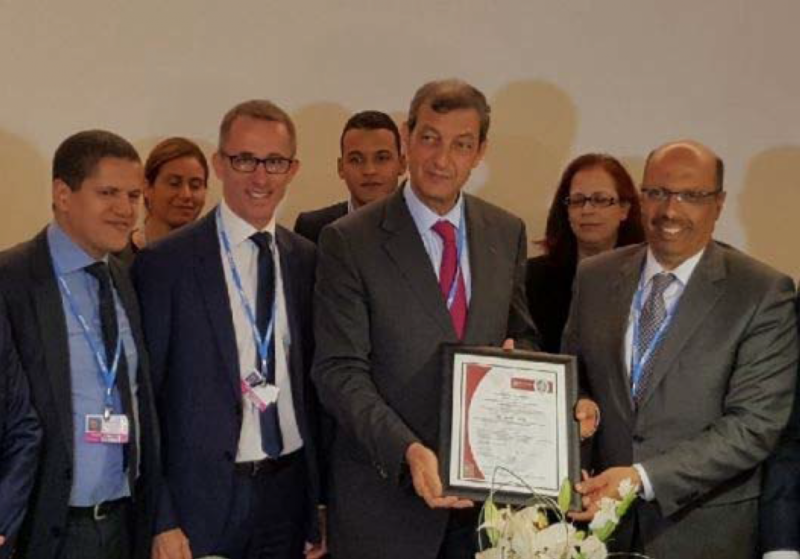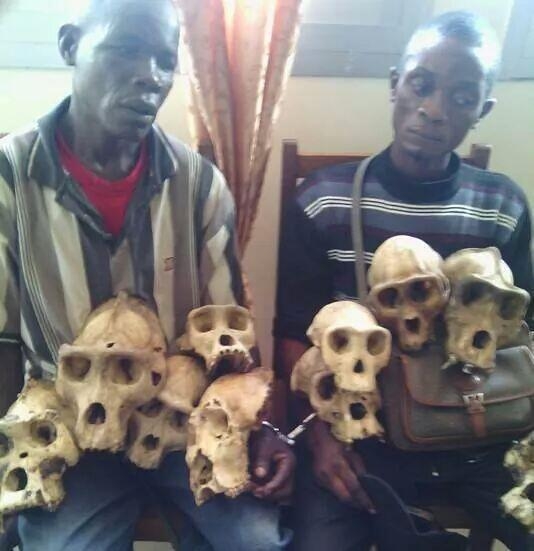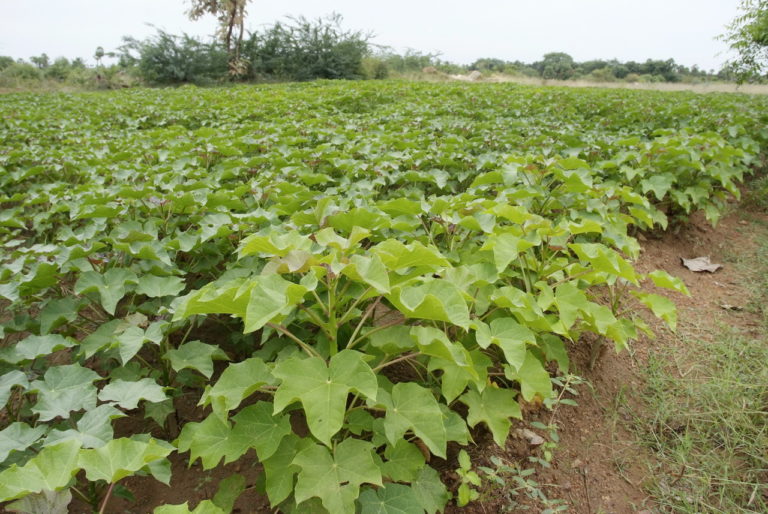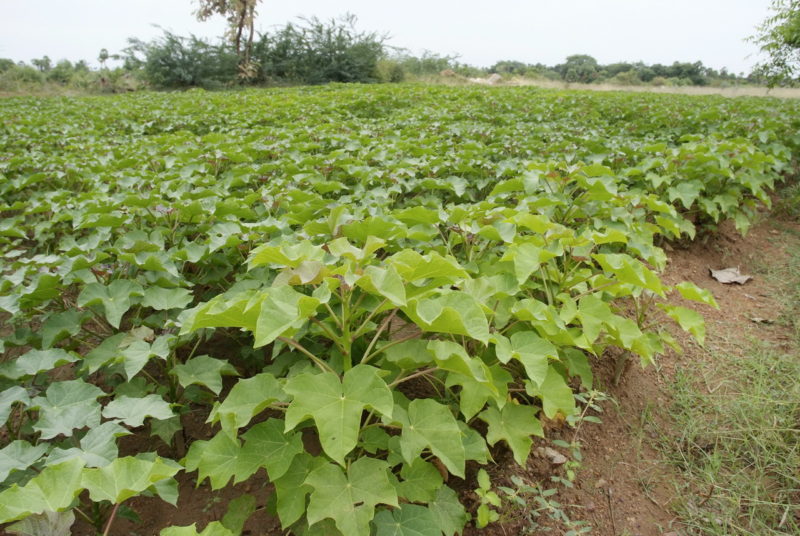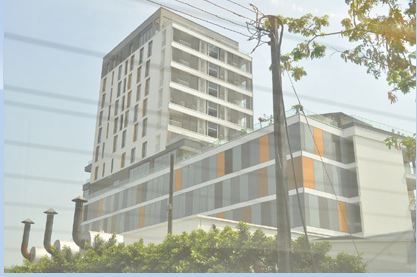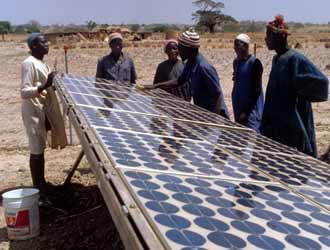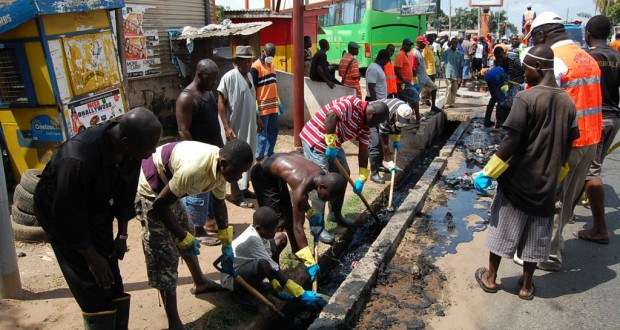The world confab on Housing and Sustainable Urban Development better known as Habitat III was held in Quito, Ecuador from October 17-20, 2016. The city of Quito hosted the conference while the United Nations Human Settlements Programme (UN-Habitat) anchored the conference and provided the secretarial backup. At the last count, over 36, 000 delegates from 167 countries and 10,000 global participants were in attendance. The attendance at the conference, according to the organisers, was the largest participation ever recorded by local authourities, civil societies and other stakeholders at a United Nations conference.
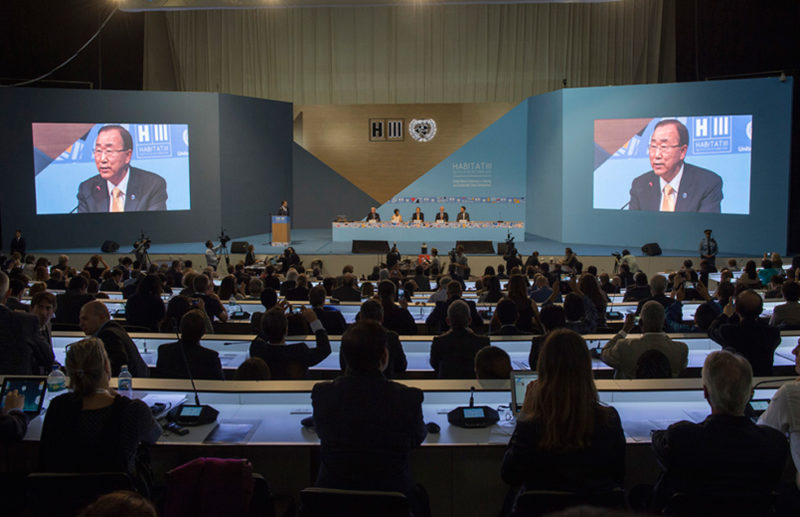
The corollary of the Conference was a document titled New Urban Agenda(NUA) which over 100 member countries of UN-Habitat endorsed as the guidelines on how issues and challenges posed by urbanisation would be addressed in the next two decades. It was projected that by 2050, 70% of the world’s population will be living in cities worldwide. This is a frightening figure. It, therefore, calls for a concerted effort by governments to develop a sustainable plan for a rapidly urbanising world. The NUA “seeks to create a mutually reinforcing relationship between urbanisation and development.” On the basis of this concept, the NUA has come up with “an aspirational framework (not legally binding) that will seek to guide U.N member states how best to ensure that urbanisation is sustainable, inclusive and operationalised for the benefit of people.”
The Nigerian delegation to the Habitat III Confab was led by the Federal Minister of Power, Works, and Housing, Mr. Babatunde Raji Fashola (SAN), who addressed the assembly of member nations during the opening session of the conference. The snippets from Fashola’s address accessed online are recapitulated as follows: “that more than half of the global population already living in cities; that the urbanisation rate has been rising fastest in Africa; that about half of Nigeria population now lives in urban centres; that rapid urbanisation poses some problems and challenges; that cities play a crucial role in our lives, and are crucial engines of growth for the economy; that urbanisation can help to jump-start industrialisation and manufacturing; and that the incipient urbanization must, therefore, be exploited to unlock its economic potentials, and provide a solution for rapid transformation of our urban centres.”
Is Nigeria ready for urbanisation?This writer is quoting copiously part of the text of the Hon. Minister’s address for the purpose of this article. Having addressed a world assembly about Nigeria’s view on rapid urbanisation, its challenges, and the oppourtunities derivable from the process, one is tempted to ask: Is Nigeria really ready to deal with or confront the present problems and future challenges of the country’s rapid urbanisation?
Judging from the manifestations in Nigerian cities from the intermediate towns, the large cities, the metropolises and the pioneer megacity of Lagos, it cannot be truly confirmed that the preparedness and capability to deal with the country’s rapid urbanisation is real and firmly on the ground. Since the spin-off of Nigeria’s rapid urbanisation in the 1970s and post-oil boom era till date, the capability to plan and manage the cities effectively has been overwhelming. The rate of rural-urban migration, which is the main cause of the increase in urban population was never controlled either deliberately through policy fiat or program interventions.
While the influx goes on, there was little or no proactive approach to planning the urban centres in the true sense of urban planning. Where a semblance of urban planning was made, it was feeble and did not respond adequately and quickly to the ambulatory speed of urban expansion, thereby leading to a situation where planning was running after development instead of vice versa. Consequently, Nigerian cities were bombarded with the proliferation of slum settlements where migrants live under very deplorable and health-threatening conditions.
Till date, the situation remains pathetic while the speed of urbanisation is still gaining momentum. For example, “the population of Lagos in 2000 was six million and, in the year 2011, the population was 12.5 million and, by 2014, it has morphed from a metropolis to a megacity of over 21 million people and still growing.” Other cities within the country are also having a net increase in their populations.
“By 2020, the country’s population is projected to reach 203.7 million with an urbanization rate of 56.8 per cent. By 2025 and 2050 the latter is further projected to rise to 60.3 percent and 75.4 percent respectively,” says Nigeria’s Report for Habitat III, 2016. What all the statistics reveal is that rapid urbanisation will continue to be on the upward swing, which is typical of a developing country such as Nigeria.
Future challenges of urbanisation in Nigeria are very apparent. As pointed out earlier in this piece, over 70 percent of Nigeria population will live in cities across the country by the year 2050. Currently, Nigerian cities are debilitated by the problems associated with urbanisation to such an extent that the cities are left unfunctional in the provision of basic services and infrastructures, mobility and unsightly due to environmental unwholesomeness. The shortage of housing is steadily on the increase and finance is in short supply to cope with the essentials of planning and city management. It is therefore safe to imply that with a higher percentage of urban population, the challenges which the cities in Nigeria would contend with in the future will be mega and multi-dimensional. It is in these urban settlements that the battle for sustainable urban development will be won or lost. As a nation, therefore, we should begin to chart a course for the country’s urban future.
It is important to understand the inter-relatedness of the various problems posed by rapid urbanisation. The inherent problems often associated with rapid urbanisation are of consequence and inter-related. Meaning one problem is a causative factor of another problem. In terms of a solution, all the problems arising from incipient urbanisation in Nigeria cannot be treated in isolation from each. Both must be addressed in a holistic cause-and-effect approach. Furthermore, the pervasive and destructive nature of urbanisation problems in Nigerian cities cannot be overemphasised. Uncontrolled and not well-managed urbanisation has wrecked havoc in the urban centres.
For example, rural-urban migration triggers urban population increase and human congestion in cities. It increases the demand for housing and in a situation of the housing shortage and prohibitive house rent, people usually resort to self-help and improvise for their shelter. They prefer to live in overcrowded shanty towns despite the high health risk and their vulnerability to epidemics. The problem of vehicular congestion in cities is also connected to the sudden increase in the number people driving on the city roads causing air pollution through fumes from vehicle exhausts.
From this illustrated scenario, the connectivity of each of the problem is apparent. Therefore, addressing the root cause of urbanisation is pivotal while managing the problems is also of necessity since the process is unstoppable. This calls for the quick-fix and long-term interventions by the government and private sector initiatives in order for Nigeria’s teeming urban population most especially the marginalised migrants, to benefit from living in the cities.
New urban age calls for New Urban Agenda (NUA). That the world is in the fast lane of urbanisation is an incontrovertible reality. Echoes from the Habitat III Conference have further confirmed that the entire global community must realise that homo sapiens have woken up to a new dawn of rapid urbanisation and urbanism where the destination of most people is to migrate and live in the cities.
And that the choice of where people decide to reside is a personal decision, not governmental. Rather than misconstrue urbanisation as a burden, member nations must also consider the positive aspects of the human settlement transformation and get ready to deal effectively with the future challenges that urbanisation could pose.
The beginning of the journey to properly manage urbanisation is the well-articulated and far-reaching guidelines contained in the New Urban Agenda, which all member countries of the United Nations have endorsed and pledged to implement its provisions. The NUA is replete with a gamut of suggestions on how to successfully manage urbanisation by ensuring sustainable urban development, good urban governance, participatory urban planning, urban design, urban economy, urban ecology and environment, inclusive urban prosperity and equal oppourtunities for all and the coordination of urban and rural development strategies. The application of innovative technology forms part of the very detailed provisions of the NUA.
The domestication of the New Urban Agenda in Nigeria and the framework for its implementation must begin in earnest. The Federal Ministry of Works and Housing should go the extra mile to reproduce the 24-page NUA document and ensure its distribution to all the states of the federation and to the 774 local governments by way of wider dissemination of the provisions and sundry information contained in the NUA. The NUA must not be to the exclusive knowledge of the technocrats at the Federal level.
The document must also be circulated to all Ministries, Departments and Agencies (MDAs) of government to enable these institutions to have a clear knowledge of the exact role(s) they are expected to play in the implementation of the NUA document. For example, I foresee the Ministry of Environment, Transportation, Finance, Tourism and Culture, Health, Power, Works, Science and Technology, National Bureau of Statistics and National Planning Commission among others whose expected/essential roles are implicit in the document. Unless these institutions are brought into the picture of what their roles are supposed to be, they might be oblivious and remain complacent. This is the more reason why the anchor ministry responsible for Housing and Urban Development at the federal level which also doubles as the country’s secretariat for Habitat III should do the necessary follow-up so that all stakeholders are adequately informed and mobilised to be part of the implementation process.
By extension, all institutions of higher learning must not be left out of the distribution chain, most especially those offering a degree course in urban and regional planning. The NUA will serve as a guide for their curriculum review and updating. In line with what the NUA suggested, these institutions could develop a new programme of studies in urbanisation tailored toward the needs of urban managers, technocrats and other municipal officials who work for the state or local governments in the country.
The same case is also made for the organised private sector, the civil society, professional bodies and other desirable stakeholders. This all “inclusive approach” will go a long way in educating what to expect and how to respond to the challenges of future urbanisation. One of the cardinal principles of the NUA is: inclusiveness.
Finally, the entire document must be put on the Ministry’s website for ease of access by the reading public. The citizenry must have a shared mission and vision of the country’s urbanisation challenge and promise.
By Yacoob Abiodun (Urban Planner and Planning Advocate; wrote from Parkview Estate, Ikoyi, Lagos)

